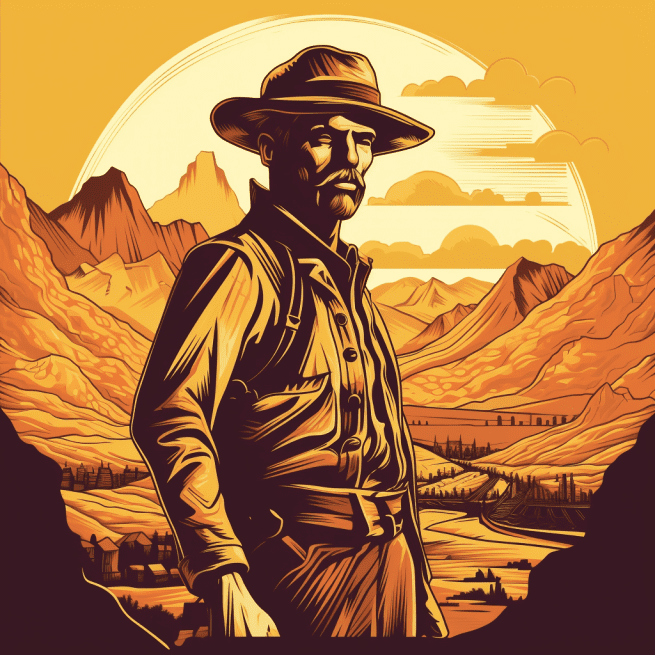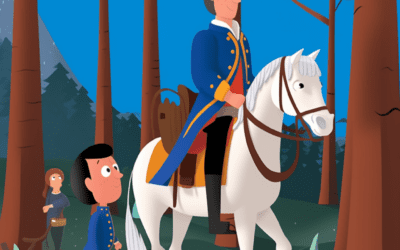How was the Western United States settled?
The Western United States was settled through exploration, migration, and various historical events.
Exploration and Expansion
Explorers from Europe, like Christopher Columbus and Lewis and Clark, journeyed west in search of new lands and resources in the 15th and 19th centuries. They discovered vast stretches of land, including the Pacific coast, which sparked interest in settling the region. These explorations laid the foundation for future migration.
Gold Rush
The California Gold Rush in 1849 attracted thousands of people from all over the world, who sought to strike it rich in the mines of California. This sudden influx of people contributed to the rapid growth and development of cities and towns in the western states.
Homesteading
The Homestead Act of 1862 encouraged people to settle in the West by offering them free land in exchange for improving and cultivating it. This led to a wave of migration as families and individuals moved westward to claim their own parcel of land.
Expansion of Railroads
The construction of transcontinental railroads greatly facilitated the settlement of the West. Railroads allowed for faster and more efficient transportation of goods and people, making it easier for settlers to reach and develop previously inaccessible areas.
Wars and Treaties
The Mexican-American War and the Treaty of Guadalupe Hidalgo in 1848 resulted in the United States gaining vast territories, including California and parts of Arizona, New Mexico, Nevada, Utah, and Colorado. This expansion also contributed to settlement and development in the western states.
In conclusion, the settlement of the Western United States involved exploration, migration, and historical events such as the Gold Rush, Homesteading, the construction of railroads, and wars and treaties. These factors played a significant role in shaping the growth and development of the western states.












